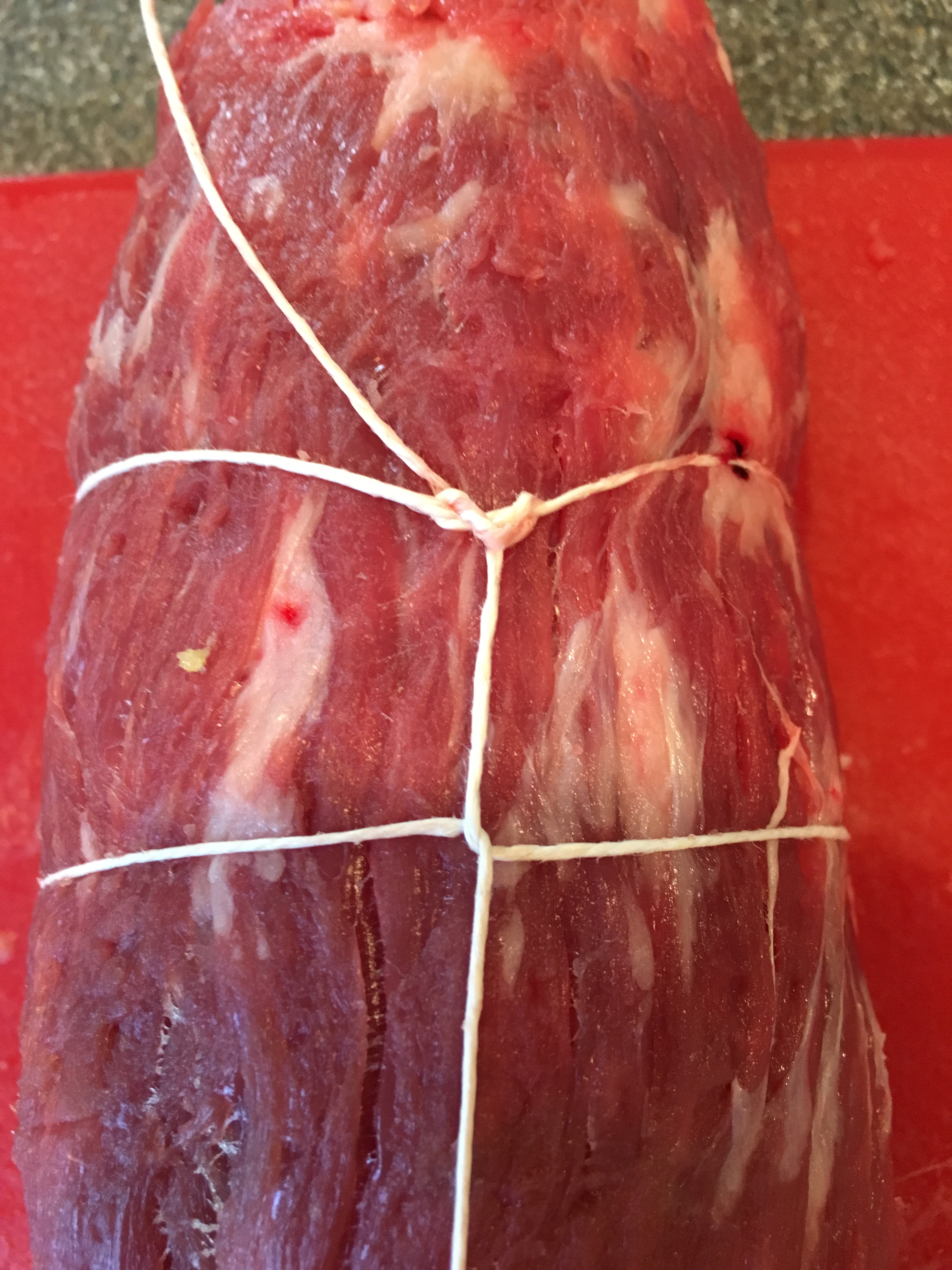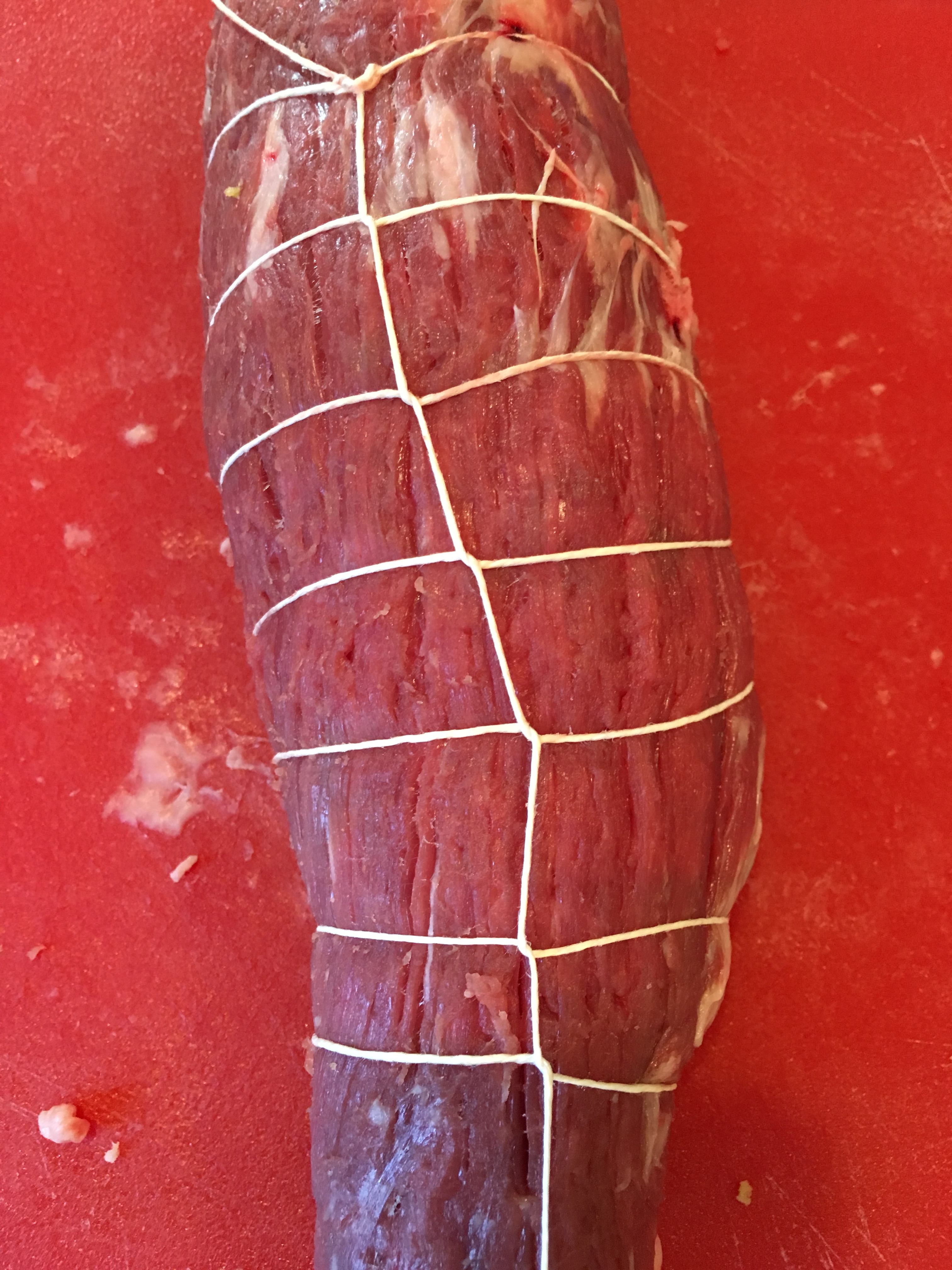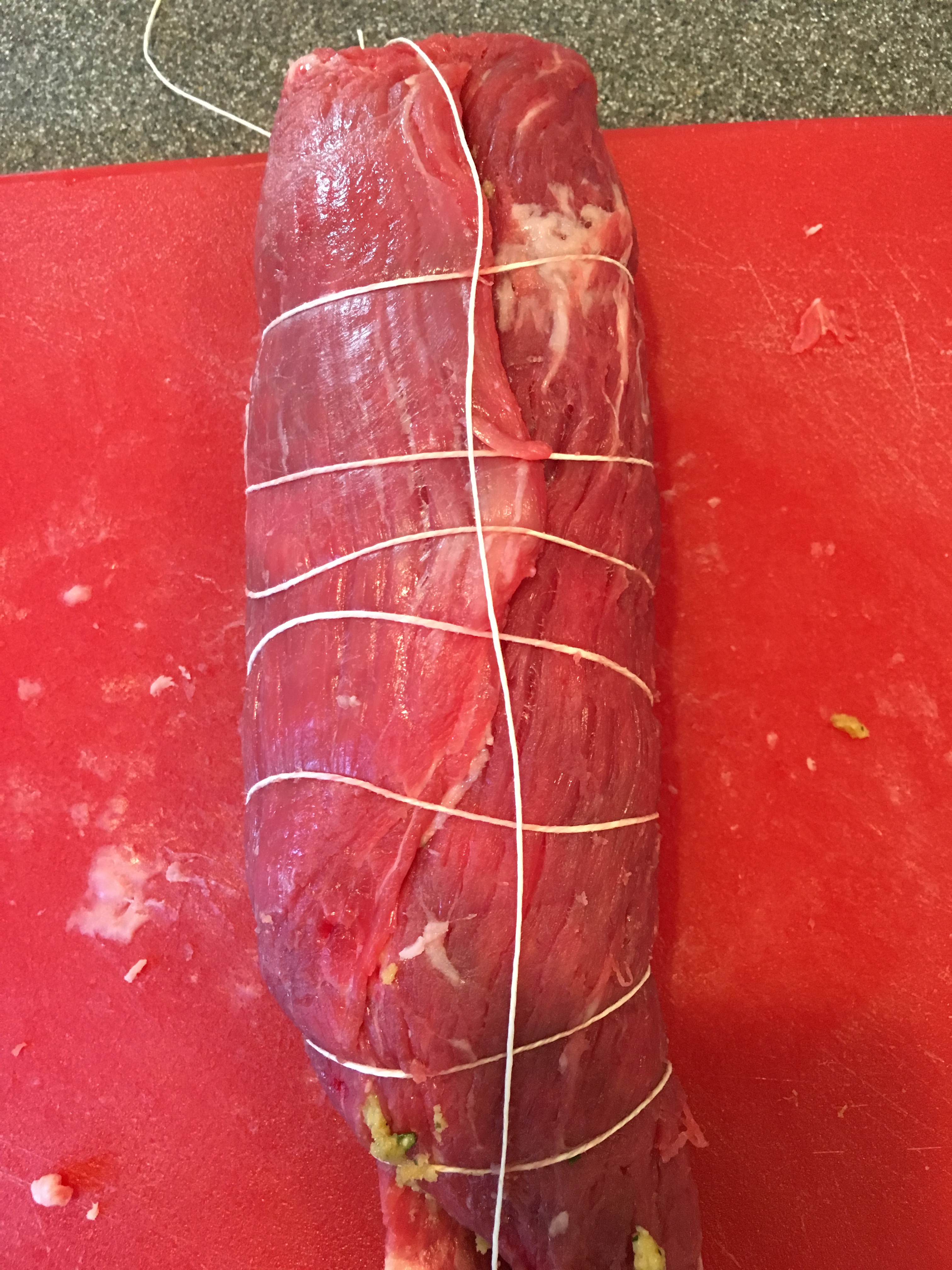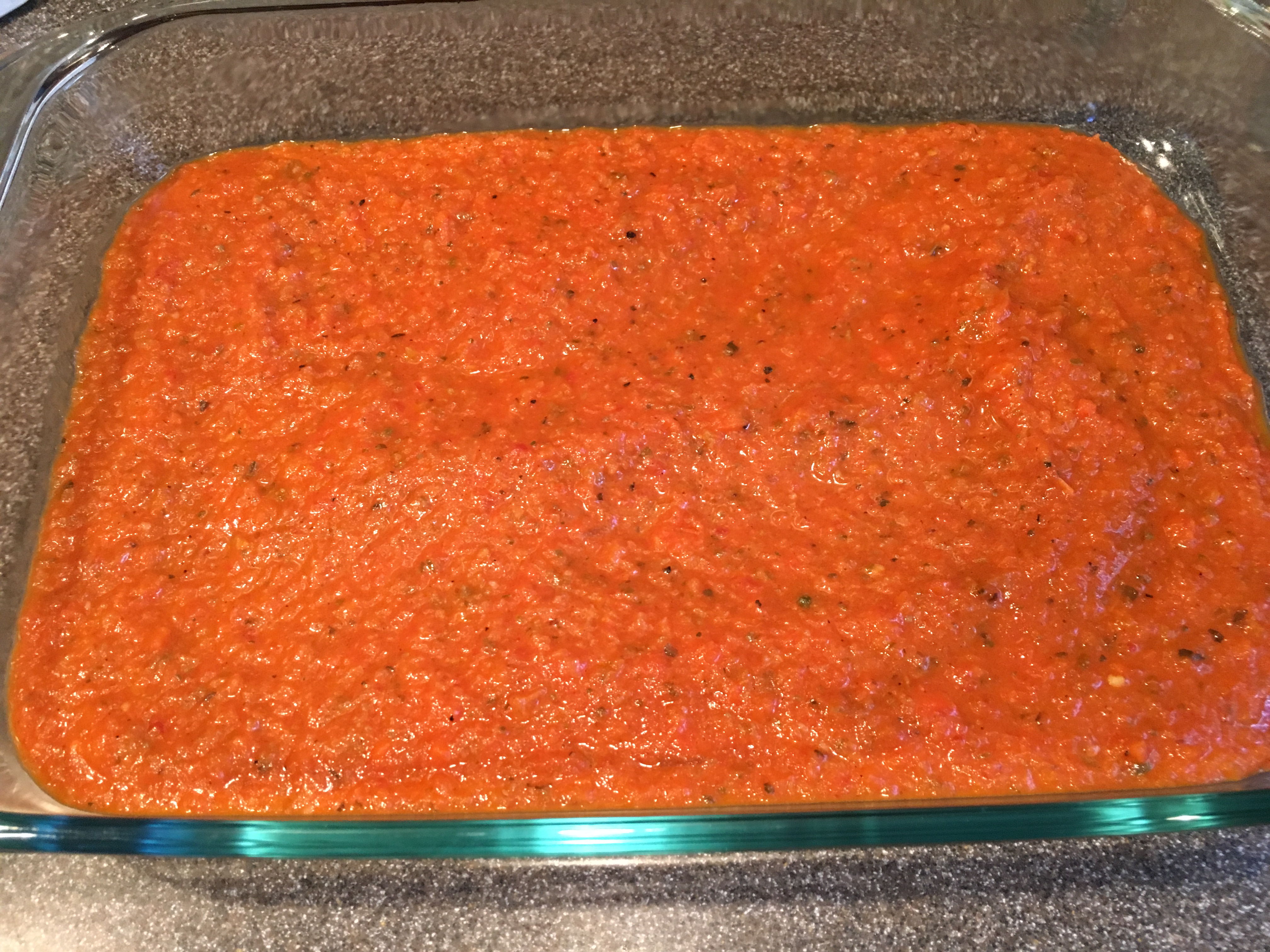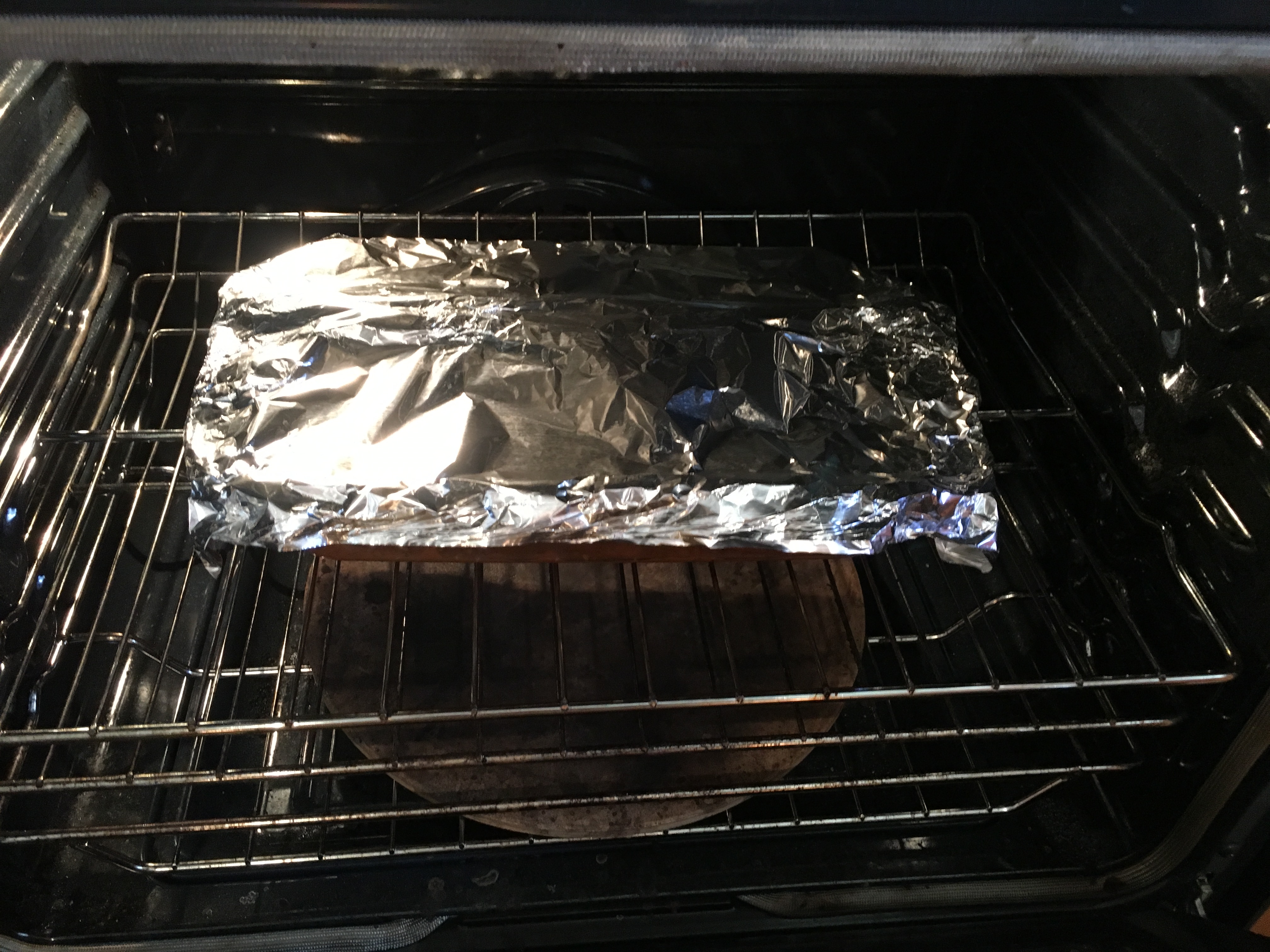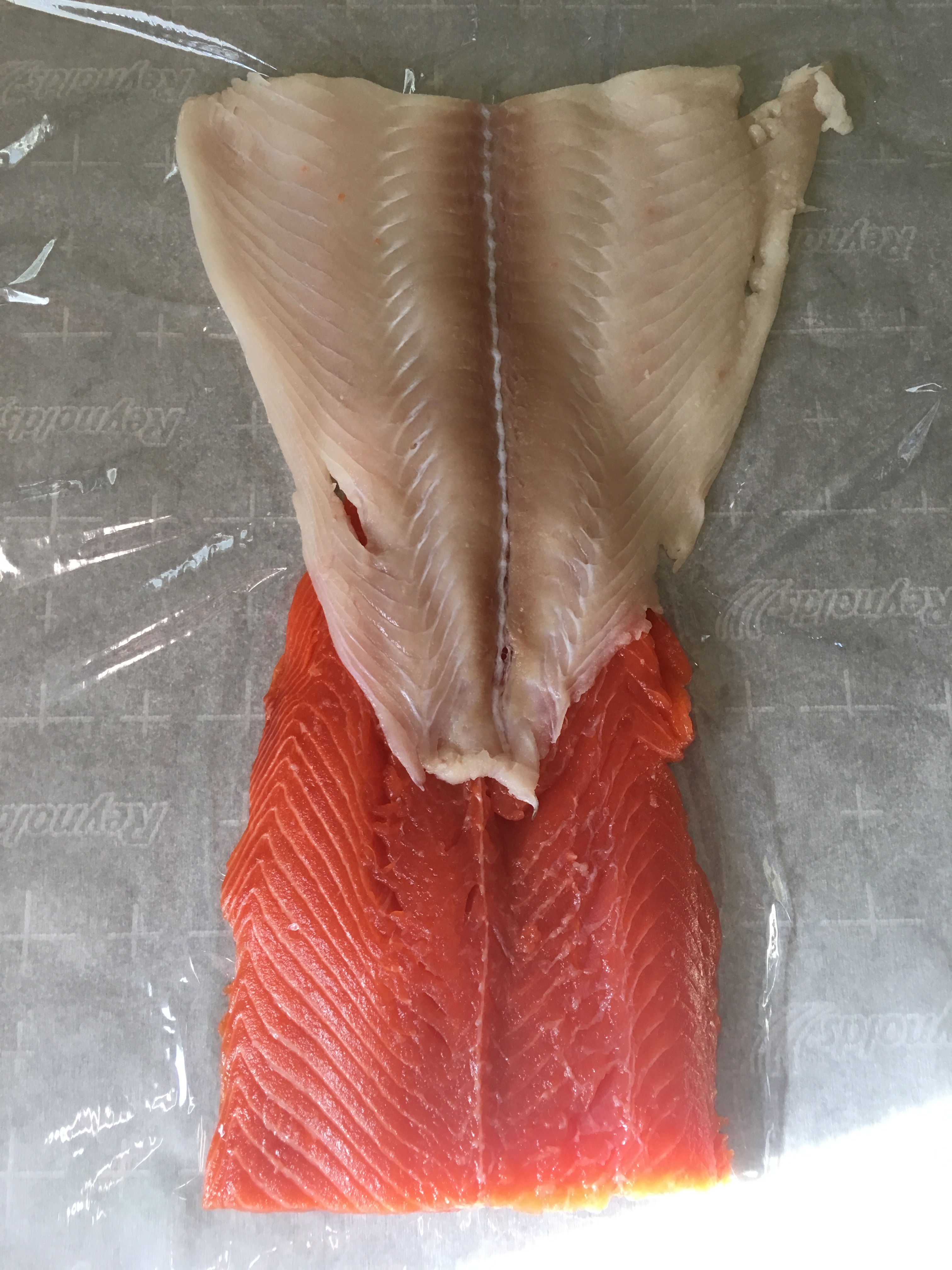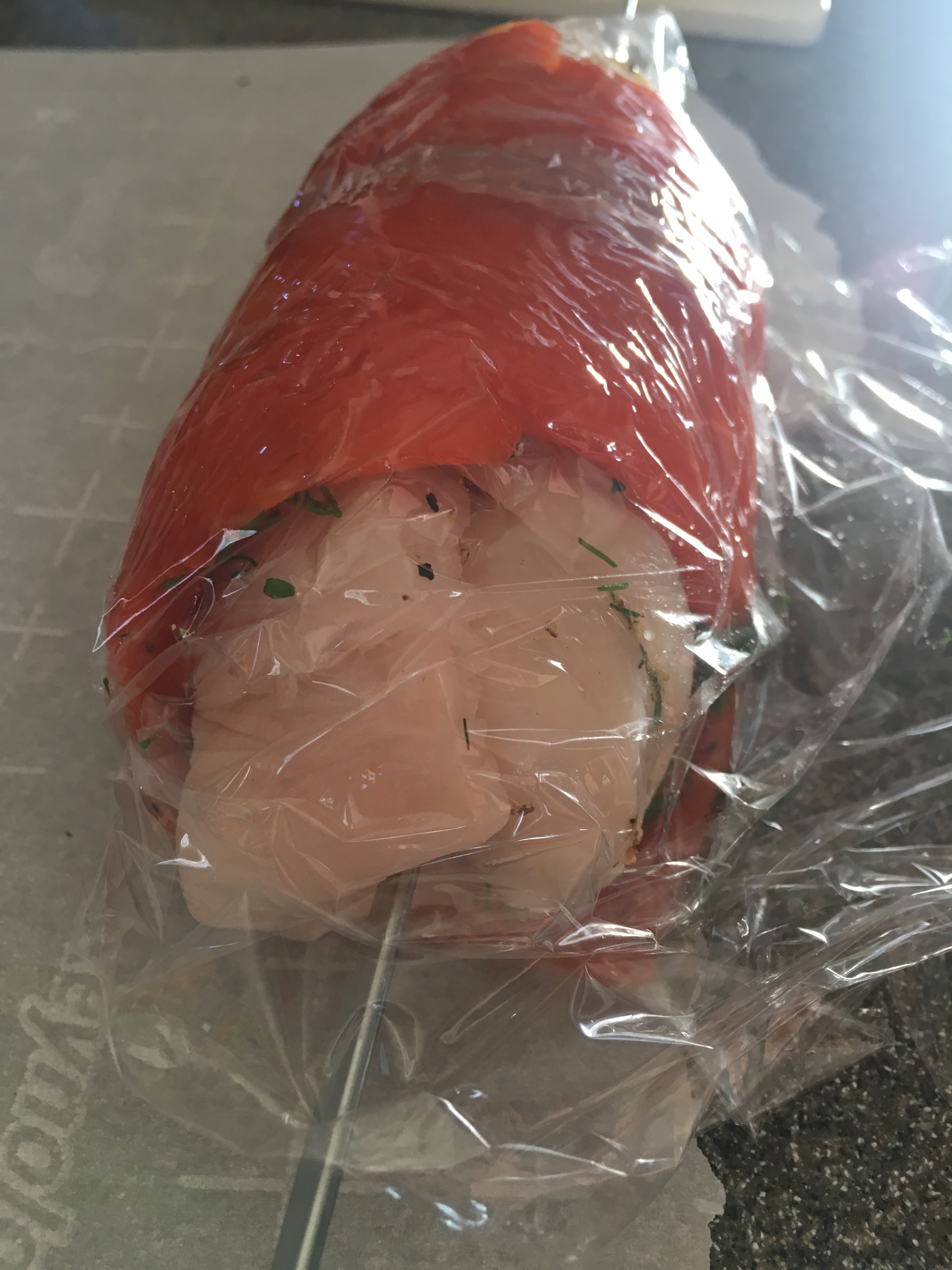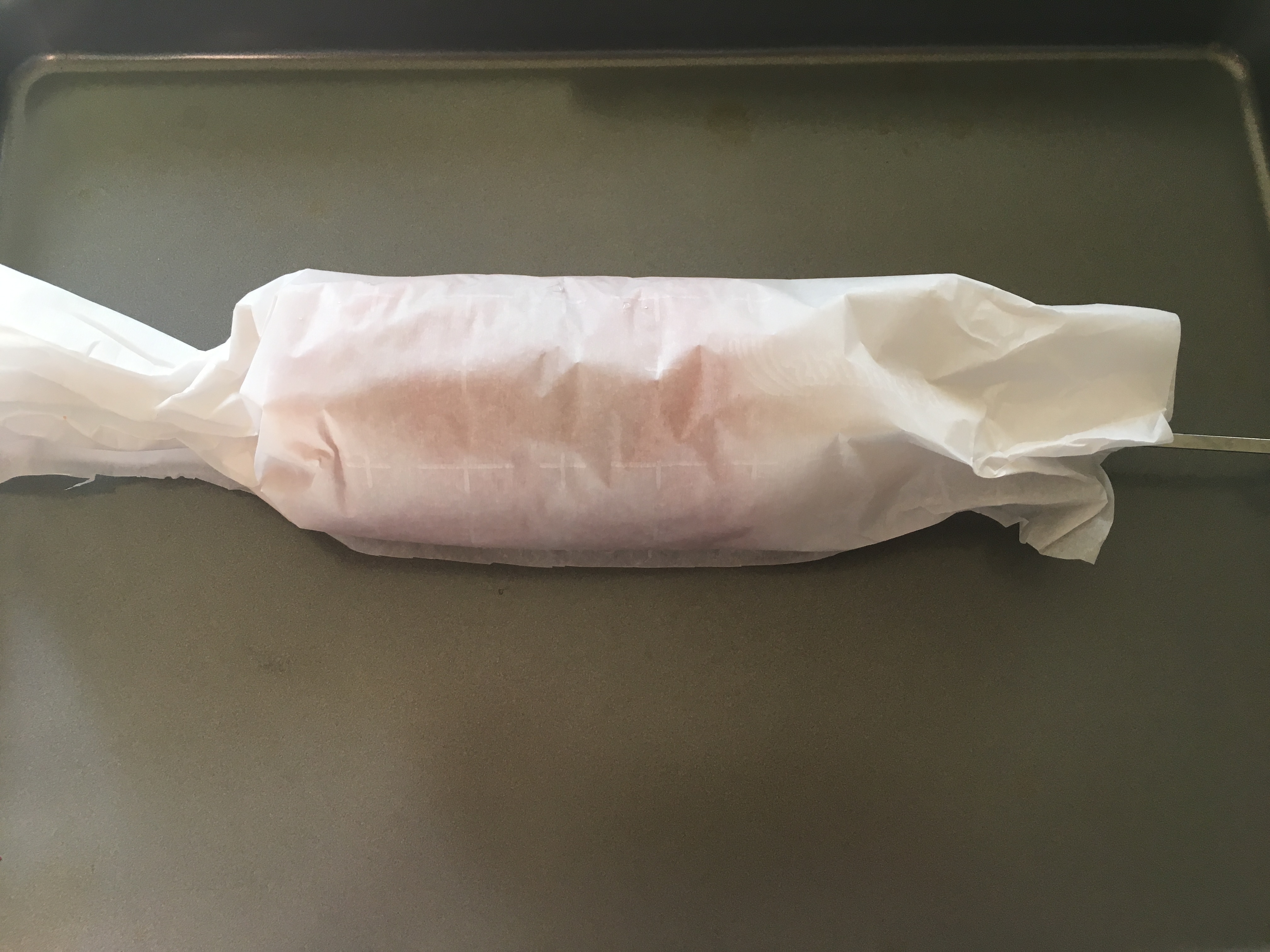Things are crazy around here with a busy toddler! Although I am able to find time to cook at night, it is often tough to find time to sit down and write a blog post. Cycling and running are two of my biggest hobbies, and I try to do a ride or run most days of the week. My favorite little gal is sometimes now only napping for an hour or so during the day, which means I have to carefully choose how I want to spend said free hour! Today, though, the little one is out running errands with her dad, so I have some time to sit down and do some writing.
Seafood is probably the food category I am least confident cooking because I always fear that I will either over or undercook it. Typically, though, I find that my gut is usually fairly trustworthy, if only I’ll allow myself to listen to it. Scallops were recently on the menu in our house, as I prepared Alton’s three scallop recipes for us. While I have cooked scallops a few times, they do not make regular appearances in our house; rather, they are something I occasionally order when we go out to eat. My favorite scallop preparation I remember consuming was a pairing of sea scallops with a huckleberry reduction that my dad and I both ordered as a special at a restaurant.
Seared Scallops
When purchasing fresh scallops, store them in an airtight container over ice, and use them as soon as possible after bringing them home. Frozen scallops can be kept in the freezer for a couple months and should be thawed on ice in the refrigerator. Diver scallops are optimal, as they are the freshest and have been harvested by divers. I did not know that sea scallops (the big ones) can be classified as either wet or dry. Dry scallops tend to have a sticky texture, have an ivory/pink/orange hue, and are not stored in any liquid. Wet scallops, on the other hand, are white in color and have been soaked in a solution of sodium tripolyphosphate, which is a preservative. This preservative causes the scallops to retain water and can impart some odd flavors, so dry scallops are preferable. Oh, and for an odd fact about scallops… did you know they are hermaphrodites?
Alton’s first scallop recipe is a simple and classic seared preparation of sea scallops. If you can find dry scallops, you’ll want to use those; I could not find dry sea scallops where I shopped, so mine were wet. To make four servings of scallops, you’ll need 1 – 1 1/4 pounds of scallops. Rinse your scallops in cold water and pat them dry with paper towels. If your scallops have a small side muscle attached (it looks sort of like a mini scallop attached to the side), pull it off and discard it. Place a large skillet on medium-high heat, adding 2 t olive oil and 2 t butter.

Season your scallops with Kosher salt and pepper and, once the butter stops bubbling, add the scallops to the pan, working from the outside of the pan to the inside. Sear the scallops for 1 1/2 minutes on each side.
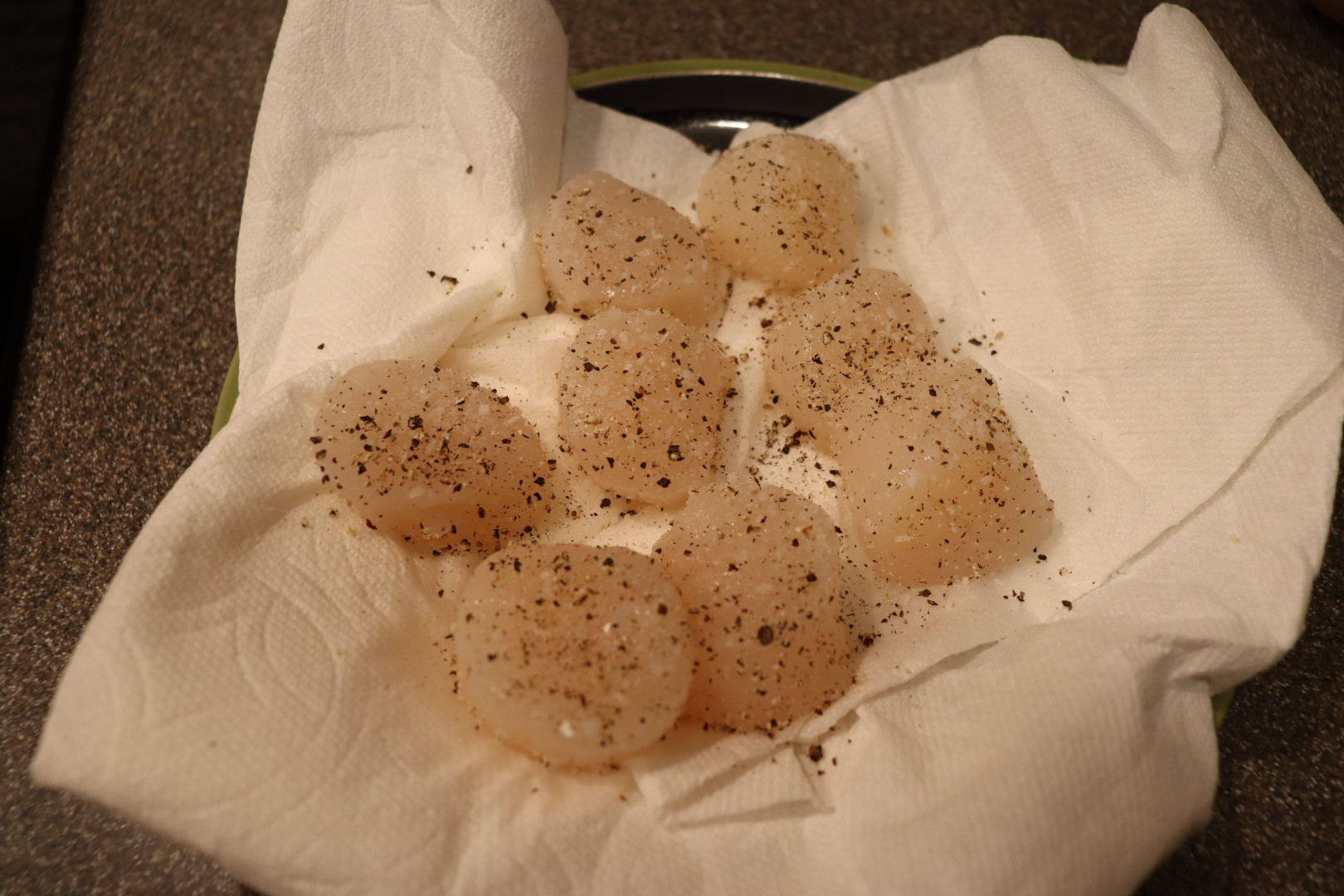


Serve the scallops immediately over greens with a vinaigrette.

This is an easy and foolproof recipe for cooking scallops. If you cook the scallops as Alton instructs, you will be rewarded with perfectly cooked scallops. This would be an excellent first recipe to try if you have not cooked scallops before, and it is also one of the fastest meals you could ever make!
Scallops on the Half Shell
The second recipe in this episode uses bay, rather than sea, scallops. For four servings, you will need a half pound of bay scallops (side muscles removed), rinsed and patted dry. Preheat the oven to 450 and heat 2 T butter in a skillet over medium heat. When the butter has melted, add 1 T minced garlic and a pinch of Kosher salt. After about 30 seconds, add 1 C of crushed club crackers (this is what Alton used in the episode). Stir the cracker mixture until everything is combined and set it aside.


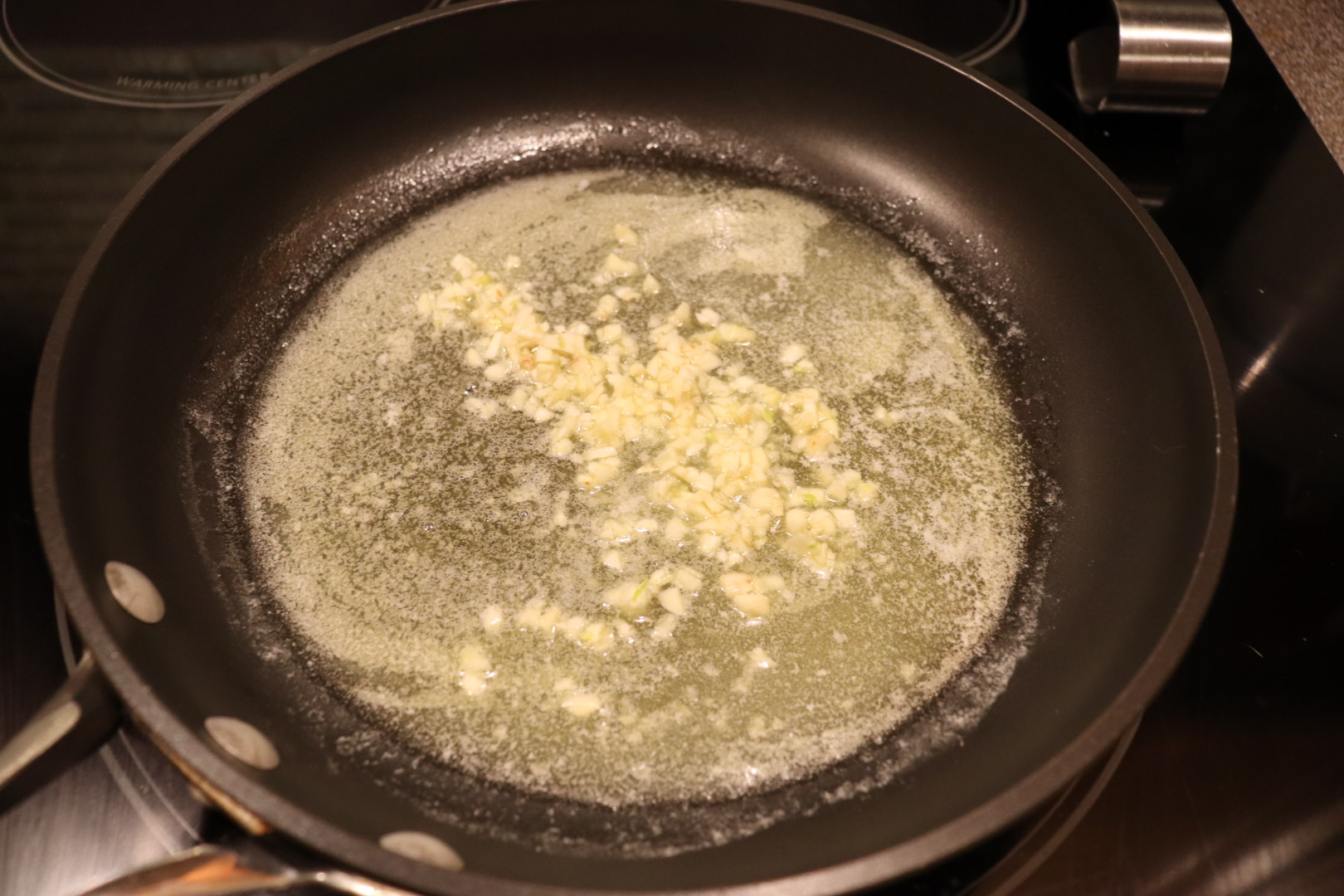


In a small bowl combine two finely chopped ripe medium tomatoes with 1/4 C chopped flat leaf parsley and 1/4 t Kosher salt.
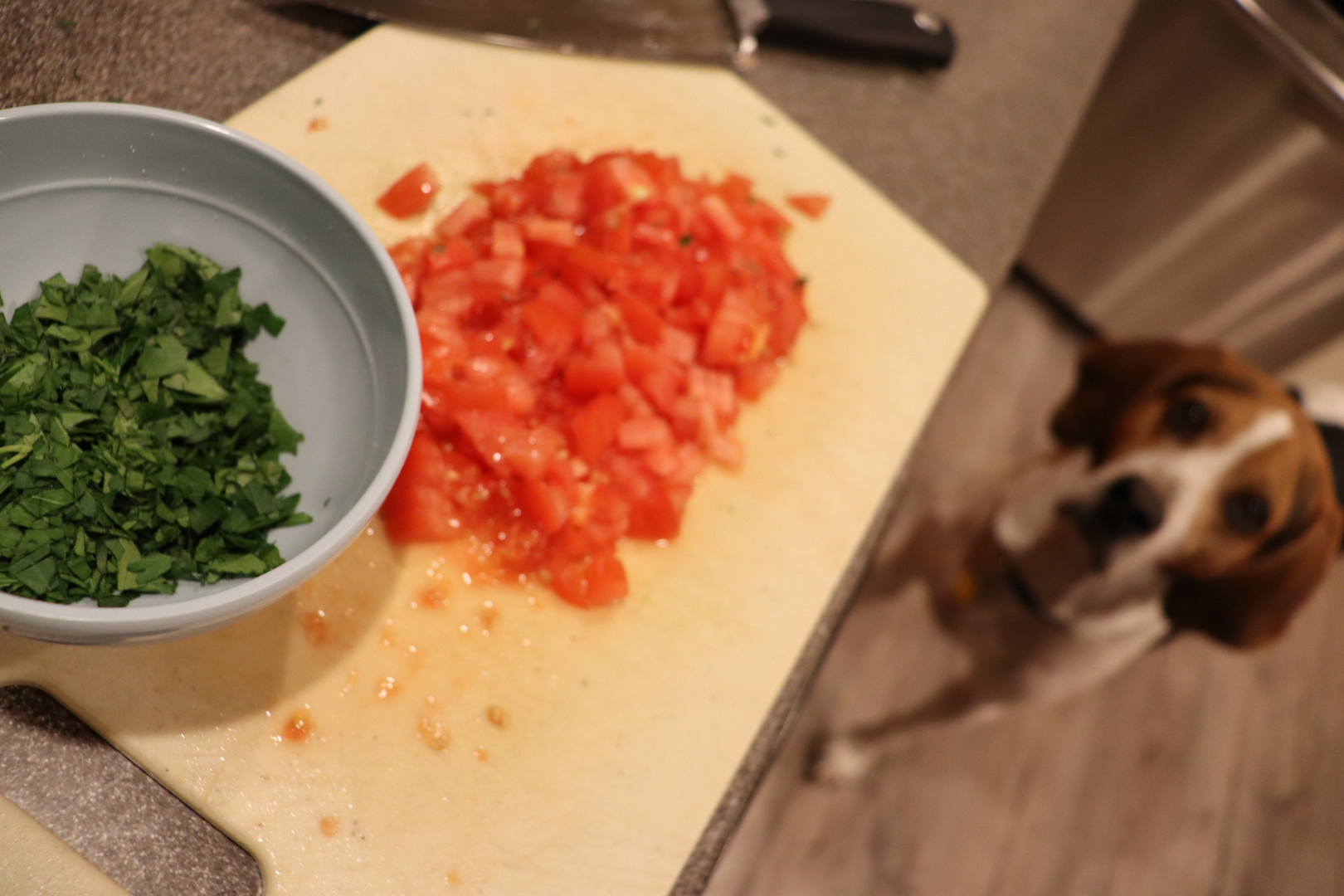

Divide the tomato mixture evenly among four small ovenproof dishes. Evenly distribute the scallops on top of the tomatoes and top the scallops with the cracker mixture.


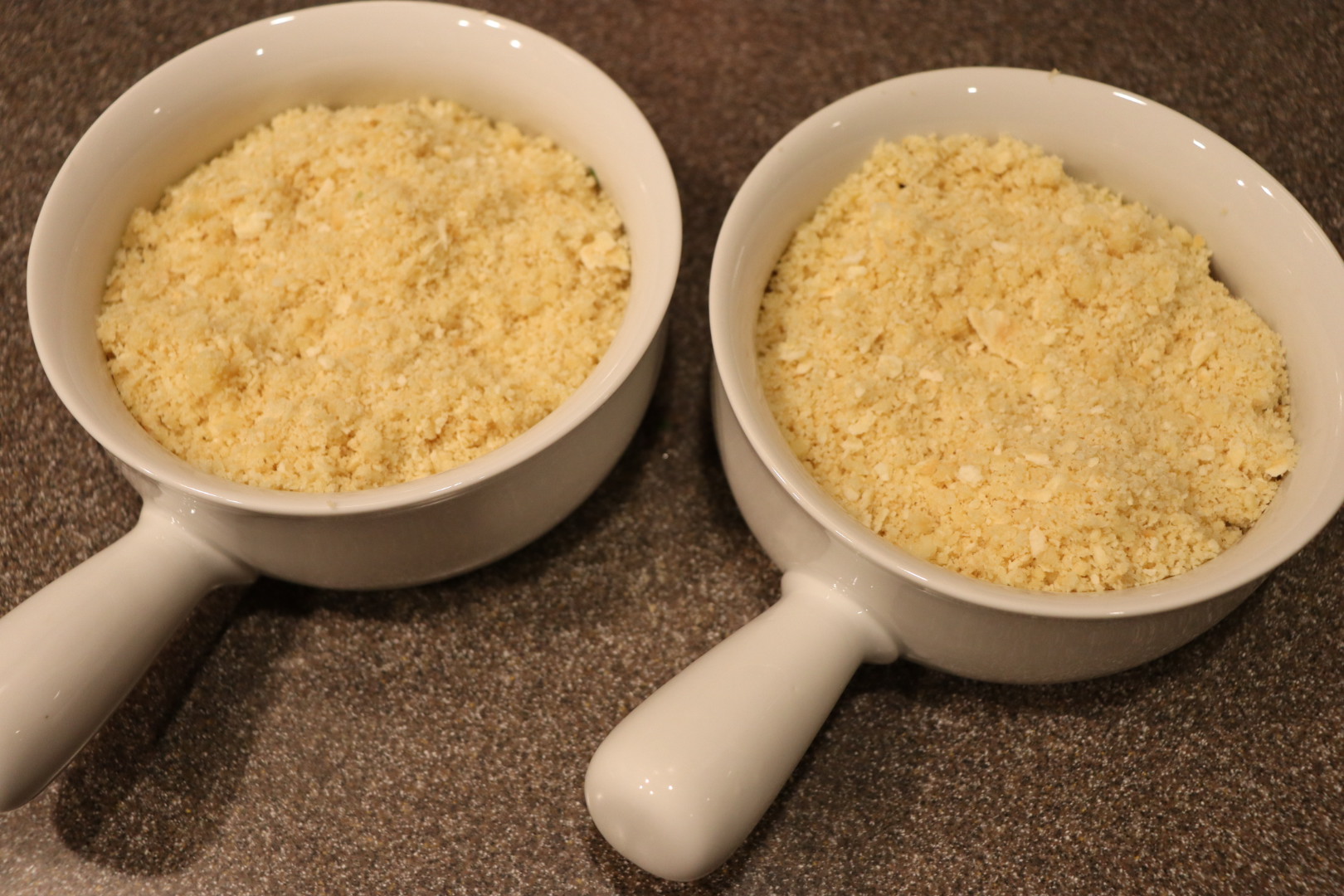
Bake the scallops for 8-10 minutes or until the cracker topping is golden brown.

This was my first time cooking bay scallops and they turned out really well. I personally felt that the ratio of crackers to scallops/tomatoes was a bit too high, which resulted in this being a surprisingly heavy and filling dish. I would probably reduce the crackers by a third. I was worried that the crackers would be soggy, but separating the crackers from the tomatoes kept the crackers nice and crispy. This would make a really nice appetizer for a dinner party, and is another recipe that comes together in a snap.
Scallop Mousse
Scallop mousse is the final recipe for this one. Since there were only two of us eating this recipe and I was planning it to be an appetizer, I only used about 1/4 pound of sea scallops and adjusted the other ingredients accordingly. For a full batch of this recipe, you’ll need a pound of wet sea scallops. Begin by preheating your oven to 350. Place your rinsed/patted pound of scallops in the bowl of a food processor and pulse them to a smooth paste – about 5 pulses. Add two egg whites and pulse until the egg whites are no longer visible.




Add 1/4 t nutmeg, 1/4 t white pepper, 1/2 t lemon zest, 1/2 t parsley, and 1 t Kosher salt.

With the machine running, drizzle in 1/4 C of cold heavy cream. Transfer the mousse to a large zip top bag, sealing it well. Use scissors to snip off one bottom corner of the bag, as this will allow you to use the bag like a piping bag. Pipe the mousse into mini phyllo shells (you can find these in the freezer section) placed on a baking sheet.
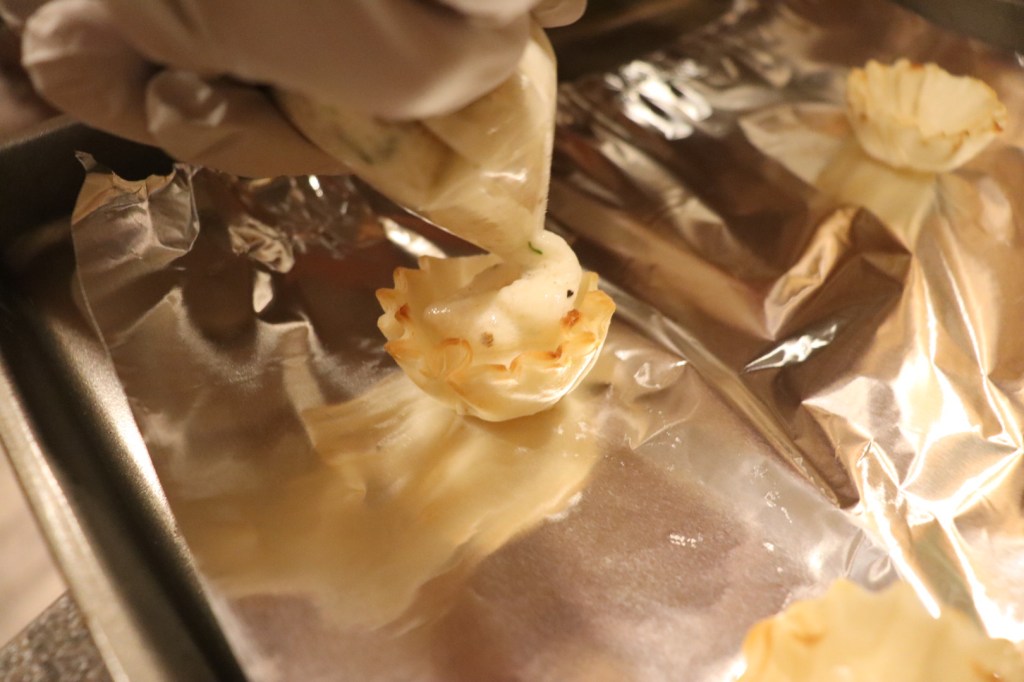
Bake the mousse for 10 minutes. Let cool slightly before eating.
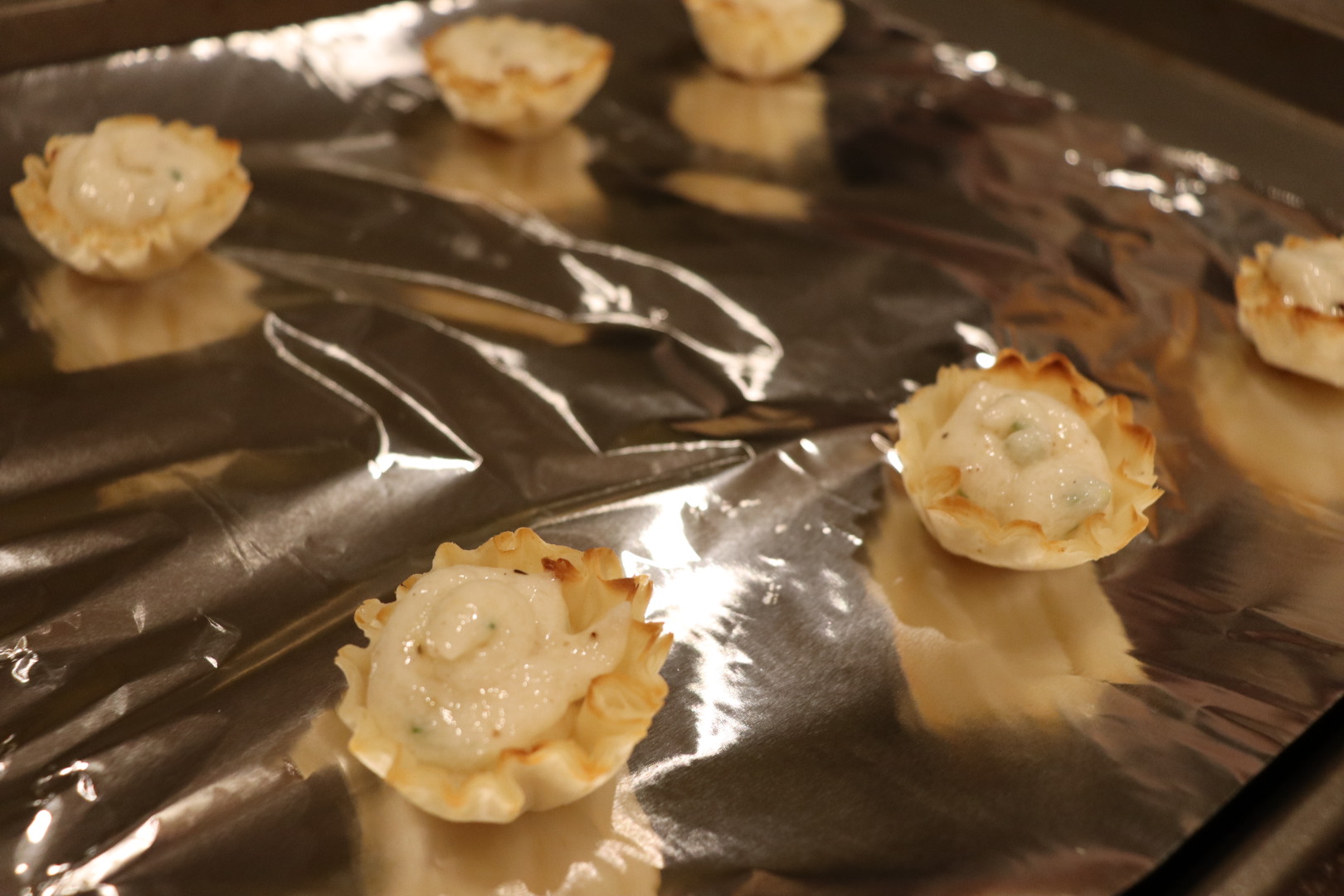

I have to be honest that I was turned off from this recipe from the get-go. Even as I was watching Alton prepare this mousse, I just found it really unappealing, and that bias was hard to turn off. As I placed the scallops in the food processor and began pureeing them, it was just as unappealing as I had imagined. There is just something really gross about pureed seafood. Then, when you add egg white to the party… well, it just gets worse and starts to resemble something along the lines of foamy snot. Flavorwise, the mousse is very mild, almost to the point of being quite bland, but both Ted and I struggled with the texture. Yep, this one for me, was a straight no-go.












